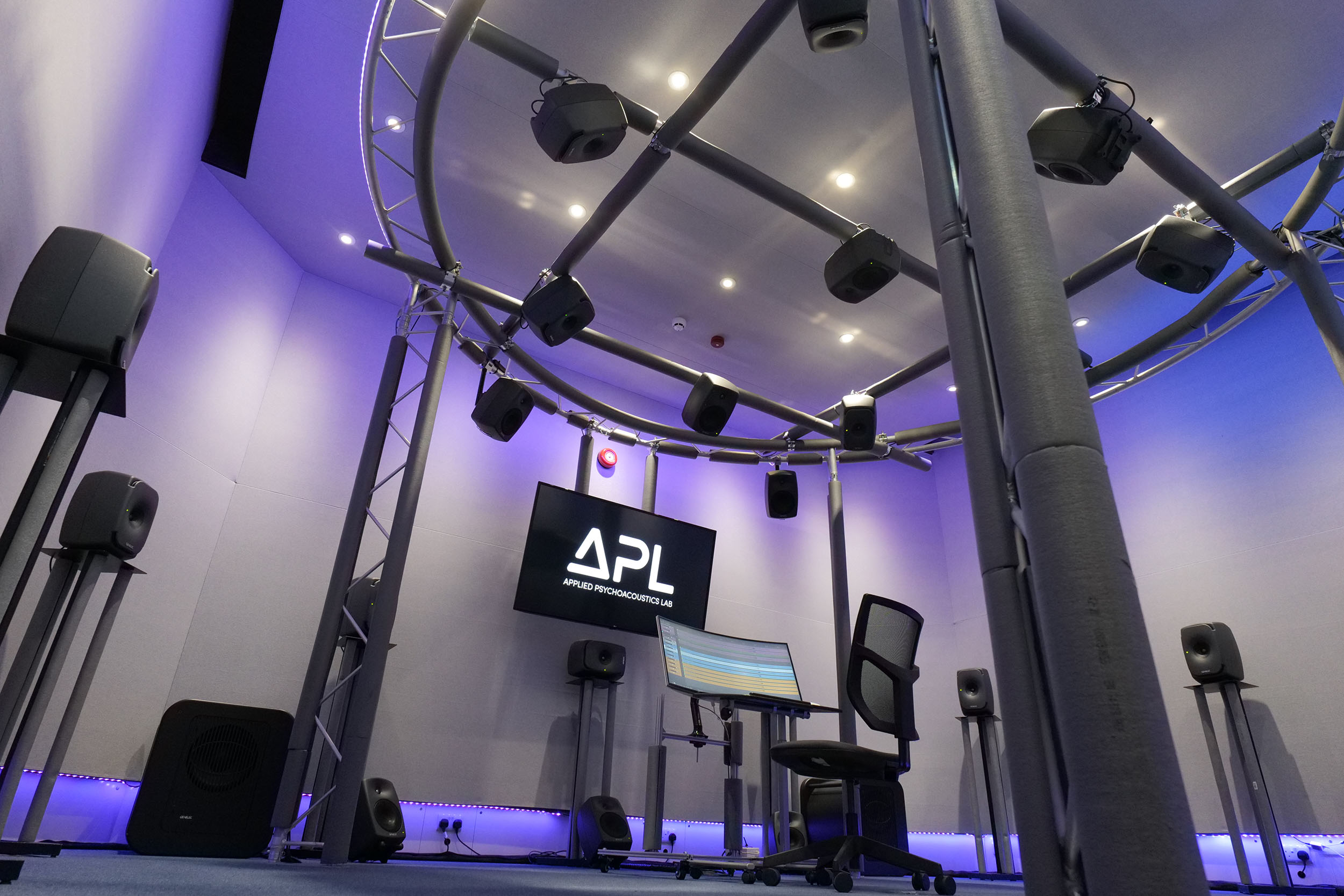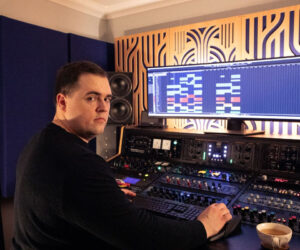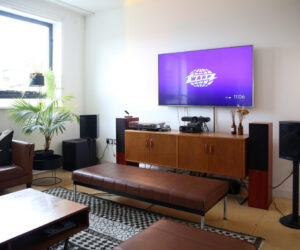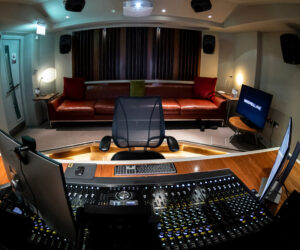The Applied Psychoacoustics Lab (APL) at the UK’s University of Huddersfield, an experimental hub created to advance knowledge of the mechanism of human auditory experience and to offer support in solving audio engineering problems, recently upgraded its critical listening room with the installation of Genelec “The Ones” smart active monitors.
“Recently we’ve been focusing on virtual acoustics for extended reality applications,” explains Prof Hyunkook Lee, founder/director of the APL. “We’ve worked on a project that developed a six degrees of freedom audio augmented reality processing engine, which led us to develop binaural renderers, such as Virtuoso, which we just released.
:We’re also conducting lots of experiments using VR headsets and also display systems to look into the interaction between audio cues and visual cues,” he continues. “That’s highly relevant for creating immersive experiences. It’s not just audio that gives you an immersive audio experience – because we see things in real life. We’re investigating how we perceive the immersive experience, how we can enhance it while we’re watching films or listening to music, and what kind of perceptual parameters actually provide this kind of experience.”
For the past decade, 24 Genelec 8040 monitors combined with a pair of 7070 subwoofers have been used to reproduce audio in the listening room, with the recent upgrade seeing 15 of the 8040s replaced with 8341 three-way coaxial monitors from The Ones series.
“There were two reasons basically,” says Lee. “The Ones provide excellent tonal consistency wherever you sit in the room, which is very important when you have a lot of people in this space. When we hosted a recent AES International Conference on Spatial and Immersive Audio, we had 21 people in this room. And wherever they sat, they had an excellent experience. The tonal balance was very consistent across the room, which was very important for this kind of demonstration situation.
“The second reason was for our research. We needed coaxial monitors because when you do localization tests, the acoustic center position is always important. With the 8040s, you have to take the average between the tweeter and woofer. But now with The Ones series, we know exactly where the acoustic center is.”
The new setup allows APL to create a Dolby Atmos 9.1.6 space, while the remaining 8040s help ensure that this can be expanded to cover higher channel count formats such as NHK’s 22.2 standard. In the expanded version, nine of the 8040s are deployed in the floor, height and rear centre positions.
Lee also points to GLM software: “We can tune the whole room with the 9.1.6 system in less than five minutes and that was a big factor. GLM makes a huge difference, especially with immersive audio. Of course, you get a very significant difference with stereo as well. But with a 9.1.6 system with so many monitors working together, the fact that we can actually tune the entire system to the room is a great advantage.”




















